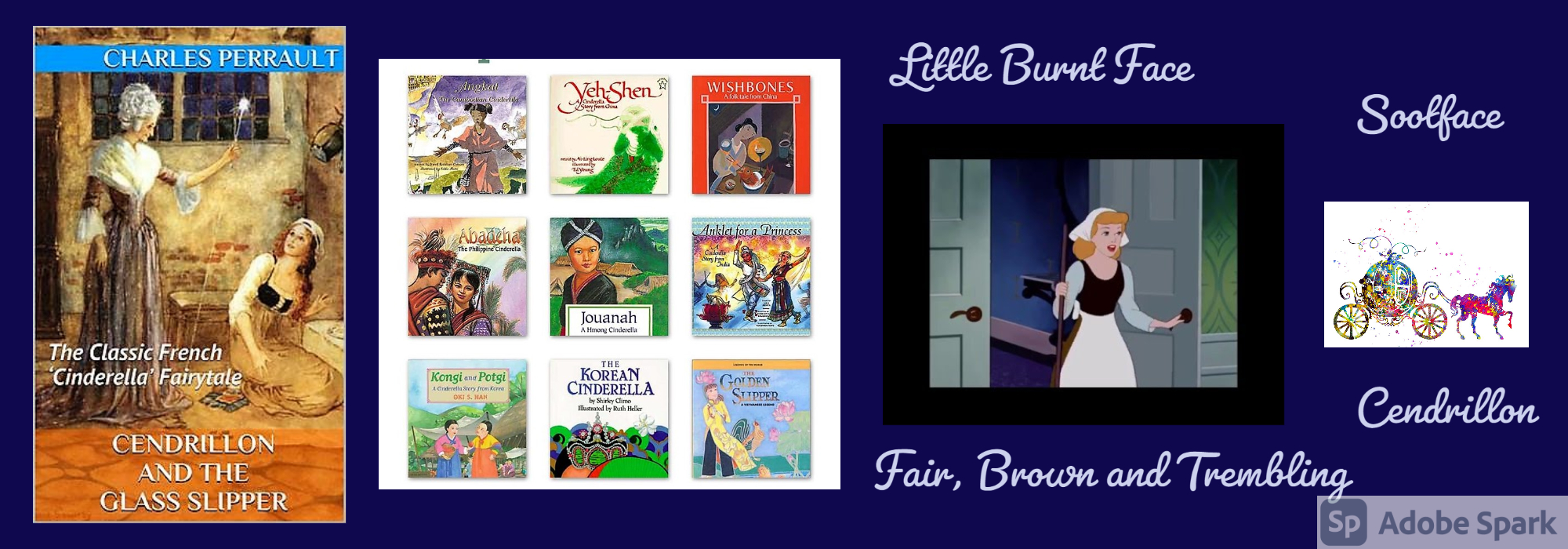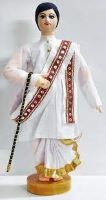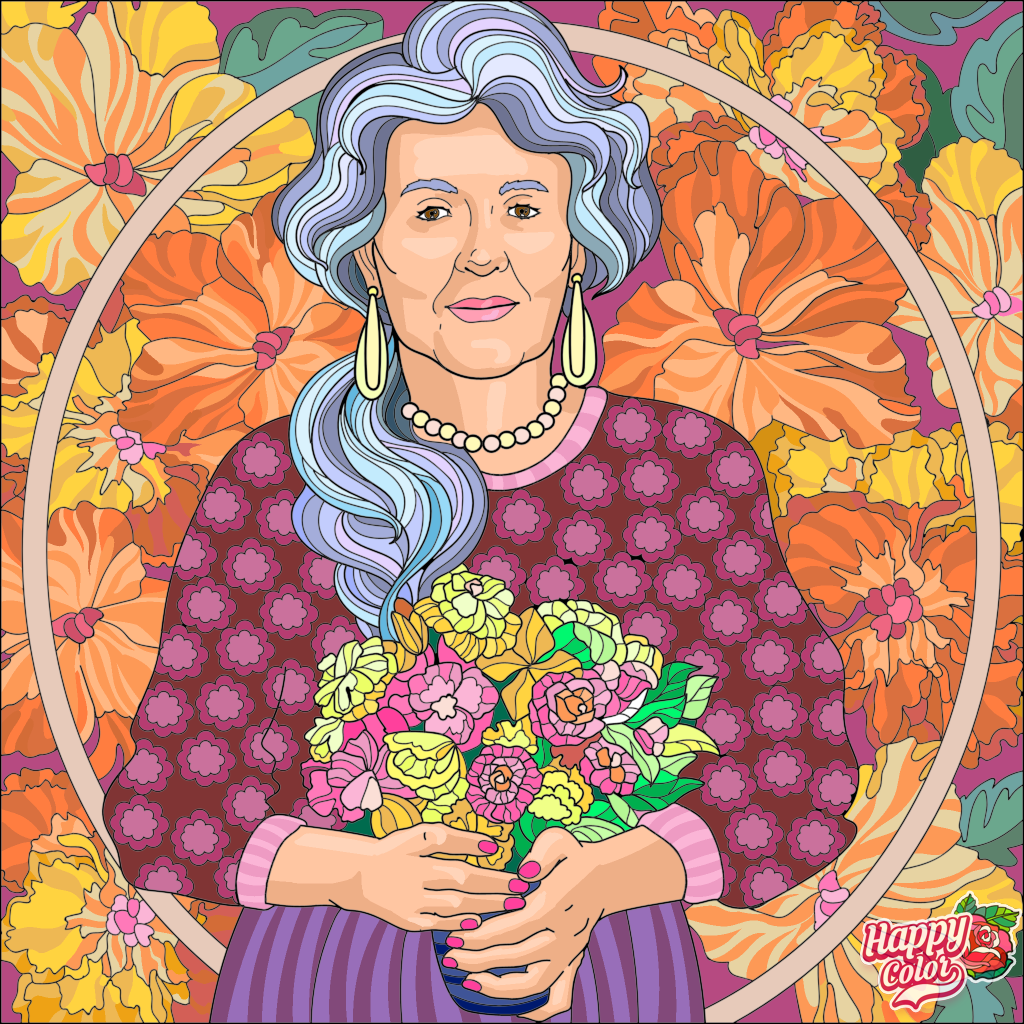A Cinderella Story
#folktale



Who does not know the story of Cinderella, a kind-hearted beautiful orphan girl mistreated by her step-mother and two step-sisters? When she was cruelly barred from attending the Royal Ball, which all the maidens of the land were invited to, her Fairy Godmother took matters in her own hand. She magically transformed Cinderella into the most attractive belle, splendid in satins and diamonds and a pair of glass slippers. Cinderella arrived at the Ball, the Prince danced with no other maiden except with her, fell in love, lost her when she ran out at the stroke of mid-night but finally found her through the glass slipper, which would fit nobody but the rightful owner. And the Prince and Cinderella lived happily ever after! It is one of the most well-known folk tales in the world, not the least due to Disney’s two cinematic productions, the latest as recent as in 2015.
Such a simple and heart-warming tale, isn’t it? In fact, it is so simple and carries such a heart-warming message that there have been found more than one thousand different Cinderella stories all over the world — from China, India, Korea, Ireland, Philippines and even among the Native American tribes, in addition to many tales from all over Europe. And, the Disney Cinderella, which happen to be the most popular version, is not the only version.
Cinderella is a folk tale — that means the tale is known among all the people in a community. Folk tales are not written, at least not when they originated. They flourish from the bosom of a society, often changes as time passes or as the story travels from one part of the globe to the other. Since there is no established authorship for any folk literature, the tales change form and get assimilated into another society taking on the signature of that new habitation. Cinderella tales happen to be two thousand years old! Imagine how many times it has gone around the world and how many times it has been told and retold.
If there are multiple versions of Cinderella, how do the folklorists decide that they are all Cinderella tales? If you dissect Cinderella’s story — it is a rags to riches story, like many other such yarns, but the most distinguishing features are the transformation of an unacknowledged young maiden into a bejeweled fascination by magic and a symbol of that magic, that helped fate, in the form of a Prince, to establish the young woman among honour. In that sense, can the story of Sakuntala be recognized as another Cinderella tale? She was also an orphan, a well-beloved beauty, who suffered because of the lost ring. But that lost ring, as soon as extracted from a fish, reminded the King about her and Sakuntala was accepted as the Queen consort of the mighty King.
All folk tales belong to a classification system. That is why, when a tale is said to be of Cinderella type, the main features have to remain identical, but the accessories may change. And they do change, because as the folk tales travel, by mouth, through the ancient travelers and medieval traders, the heroes and heroines change, their garments change, the glass slipper sometimes changes into a nose ring of a Kashmiri girl, at other times it changes into a boot worn by a grand lady seated on a horse back.
The most familiar version of Cinderella comes to us from the Brothers Grimm — Jacob and William. But the oldest European version of Cinderella is probably collected by an Italian Poet Giambattista Basile. His collection of Neapolitan folk tales was published posthumously in 1634 – 36. The story there is called the Cat Cinderella.
Her original name was Zezolla and she was a Prince’s daughter. Though she was once the apple of her father’s eyes, when her mother died, her father married an evil woman, who was openly hostile to her. Zezolla had a sewing teacher who was very fond of her. She used to lament, why her father could not marry this loving and caring person. Hearing this, the sempstress successfully conspired with Zezolla to kill the step-mother and goaded by Zezolla, her father married the sempstress. But, within a week the sempstress also started mistreating the poor girl. She had six daughters of her own — Imperia, Calamita, Fiorella, Diamante, Colombina and Pasquarella. They were brought into the household and Zezolla was given a room next to the kitchen, went from the luxury of silk and gold to rags and even her name was changed to Cat Cinderella.
Some time later Cat Cinderella’s father the Prince went to Sardinia on urgent business of the state. He asked his step-daughters what he would bring for them. The asked for dressing gowns, headdress, cosmetics etc. When, almost as an afterthought, he asked his own daughter what she would like, Zezolla said, “Nothing. But give my regards to the dove of the fairies and ask her to send me some token. And if you forget, woe betide you! Because then you will not be able to move forward, nor backward”.
It was good that she put that curse on her father, because forget he did. When his ship got stuck, he was made to visit the fairies and the dove of the fairies gave Zezolla a date tree, a silver spade, a golden can and a silk napkin. The date tree was to be planted and the other things were to be used to plant the tree. Zezolla was overjoyed. She planted the tree and took care of it and within four days the tree grew to be the size of a woman and a fairy came out of it. When Zezolla expressed her wish to step out of the house every now and then without any body being any wiser, the fairy told her to come to the tree and chant
Oh my golden date tree
With the golden spade I’ve dug you
With the golden can I’ve watered you,
With the silken napkin I’ve dried you.
Now strip yourself and dress me!
The tree would bedeck Zezolla in such splendor, that nobody would recognize her. At the end of her adventure, she would simply rephrase the last line as ‘Now strip me and dress yourself’ and the tree will make sure she was back in her rags.
Soon after, there was a festival day. As soon as Zezolla’s step-sisters left the house in full blossom, she ran to the tree and got a queen’s robe and was placed on a splendid horse. A King happened to be attending the festival and he was immediately enchanted. He sent a servant to follow Zezolla home. But she was able to evade the servant, not once but three times. The last time she lost one of her most valuable slippers as she was spurring her horse to flee.
The King now arranged for a grand banquet and asked all villagers and all maidens to attend it. When his guests had ensembled, he tried the slipper on every unwed girl, but without any luck. Then he announced, “Please do penance with me tomorrow also, and for the love of me, do not leave any maiden at home”. Hearing this Zezolla’s father said, “I have another daughter, but since she works in the hearth and is always dressed in rags, she will not be fit to attend this feast”. But the King insisted that she also comes the next day! And now you know the happy ending.
As you see, the Neapolitan Cinderella was more active to control her own future. She killed one step-mother and put a curse on her father. Like the Disney Cinderella, she was not satisfied with a simple “Have courage and Be kind!” philosophy. Disney Cinderella is fashioned after the French Cinderella’s tale, collected by Charles Perrault and published at the end of the seventeenth century.
There is also a tale of Cinderella among the Zuni tribe of North America. In that tale, she was a poor young girl, looking after a herd of turkeys. She was helped by the turkeys to get dressed in a doeskin robe to attend the Dance of the Sacred Bird. But she did not pay heed to the turkeys’ warnings to return by sun set and the turkeys deserted her as a punishment. In an Irish tale, the Prince who fell in love with Cinderella, had to duel with other princes and kings to keep her for himself. In other stories, the wicked step-sisters were punished when the birds pecked out their eyes and when one of them was thrown into the sea.
So what is the message in Cinderella? Folk tales are churned out from the depths of a society so reflect some deep seated truth. Why from the ancient times across far-away places like China and Greece and American continent, the Cinderella tales have been so popular? At the core of this tale is the conflict of legacy between Cinderella and her step-mother and step-sisters. Cinderella must prove that she is the rightful owner in a house where she is being side-stepped and she must marry above her social position to move upward.
Comments
Reply here




Cinderella
Italian version was not known to me but the part that father is asked to bring something apparently simple but ultimately creates magic is also subject of some other fairy tales. But the message you derived....!!! All fairy tales end with a sweet note of winning of good over evil. Claim to property and social upliftment... well, I have never thought from this angle
Soma
04-09-2020 21:18:52